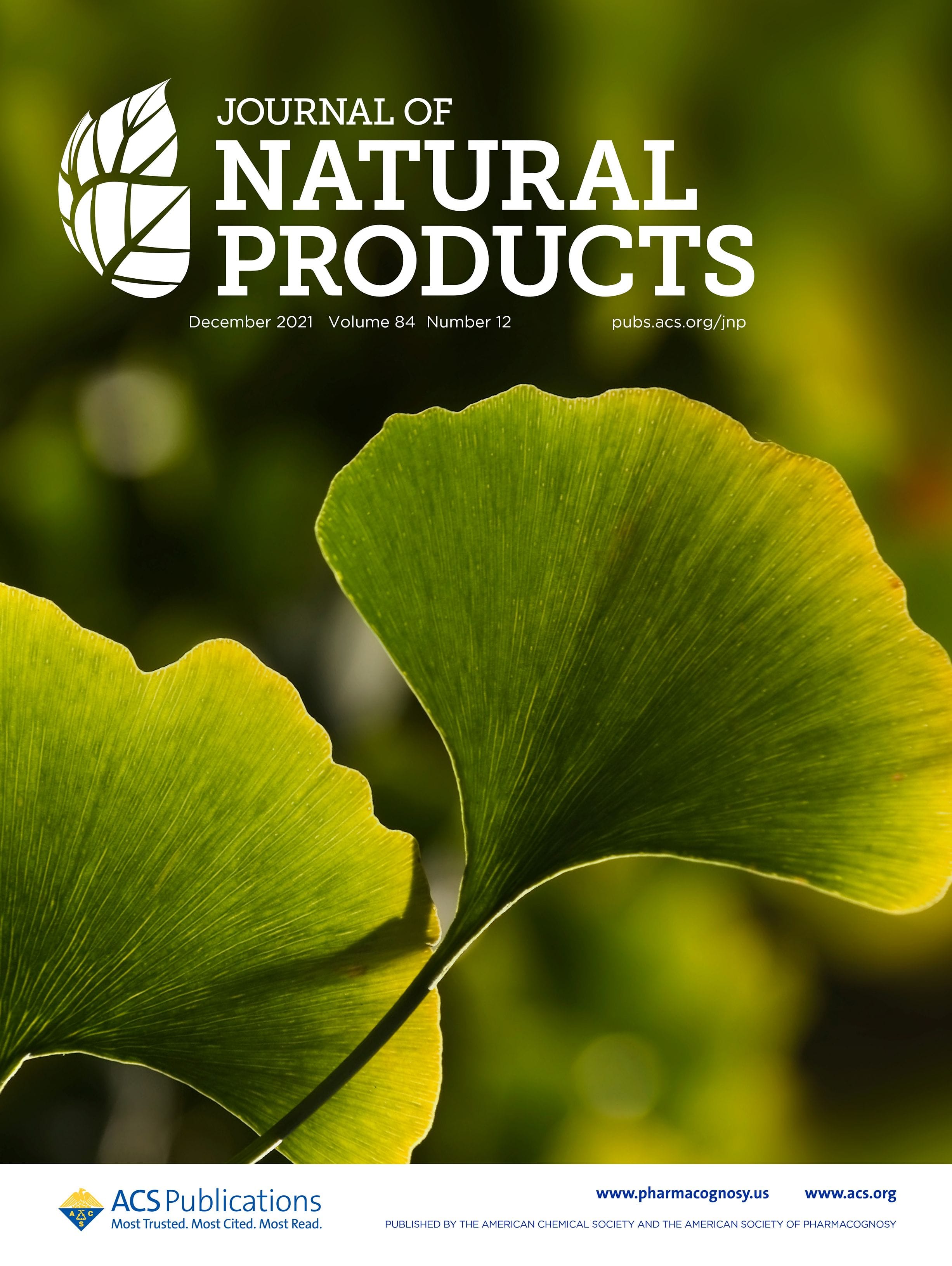Italy’s soil—with a little hard work—produces some of the world’s great wines and olive oils. Why not a great new antibiotic? Researchers have unearthed a pair of new antibacterial compounds in Italian soil microbe extracts by analyzing a proprietary database of assay results. Thus far, the team has reported antibiotic activity only against bacterial strains […]

Italy’s soil—with a little hard work—produces some of the world’s great wines and olive oils. Why not a great new antibiotic?
Researchers have unearthed a pair of new antibacterial compounds in Italian soil microbe extracts by analyzing a proprietary database of assay results. Thus far, the team has reported antibiotic activity only against bacterial strains in culture. But if further tests are promising, the compounds could inspire a new structural class of antimicrobials.
“Most bacterial pathogens are acquiring resistance to the antibiotics in current use,” so novel molecules are sorely needed, says Paolo Monciardini of the biotechnology firms NAICONS and KtedoGen, and an author of the work.
The new compounds, called enduracyclinones, feature a rare amino acid called enduracididine, a motif related to arginine. This cyclic amino acid appears in other known antibiotics, but the enduracyclinones look different from those molecules, says Margaret Brimble of Auckland University, an expert in bioactive peptides not involved with the study. Known compounds with the enduracididine motif are largely peptide-like, whereas in the new molecules, enduracididine is instead attached to a six-ring aromatic polyketide framework, pointing to a distinct biosynthetic pathway in the microbes. In addition, the enduracididine in the new compounds is methylated at one of the nitrogen atoms. “The isolation of these new natural products illustrates nature’s remarkable ability to combine several different biochemical pathways to create chemical diversity,” she says.
Monciardini and his colleagues sought antibiotics that target the bacterial cell wall, as does teixobactin, one of the known enduracididine-containing antibiotics. So they turned to the company’s proprietary data from previous experiments screening microbial extracts for cell wall synthesis inhibiting activity. The screen flagged microbial extracts that kill a wild-type bacterium with a cell wall more effectively than they kill a variant bacterium able to grow without a cell wall. This approach turned up the two enduracyclinones, which were present in extracts from eight different microbial strains, five of which had Italian origins. To purify the enduracyclinones, the team obtained one of the eight strains from their proprietary library and prepared a fresh extract, from which they elucidated structures with techniques including nuclear magnetic resonance and mass spectrometry.
When the team tested the enduracyclinones in cell culture, the compounds inhibited growth of roughly a dozen Gram-positive pathogens, including multidrug-resistant strains, often at lower concentrations than the powerful antibiotic vancomycin. The new molecules weren’t active against the fungus that causes yeast infections, a surrogate for the tuberculosis bacterium, or any Gram-negative bacteria.
It’s rare that a drug lead reaches regulatory approval as-is, points out Ishwar Singh, who studies antibiotics at the University of Lincoln School of Pharmacy. But generating enough analogs to overcome pitfalls that may arise with these first candidates could be challenging because enduracididine is tough to synthesize, he says. Monciardini notes that his team has found the genes directing enduracyclinone synthesis, so it could be possible to access such analogs through synthetic biology approaches.
Singh’s lab has shown that enduracididine isn’t required for teixobactin’s potent activity, so he thinks it would be great to synthesize enduracyclinone analogs lacking enduracididine to determine the motif’s role.
Both Monciardini and Singh note that enduracyclinone toxicity needs to be characterized in detail, since there are signs of slight toxicity to mammalian cells. “With enduracyclinones, we are at the very beginning of the drug discovery process,” Monciardini says.
This article is reproduced with permission from C&EN (© American Chemical Society). The article was first published on January 11, 2019.
